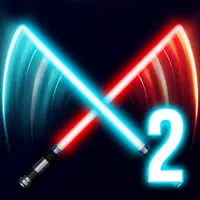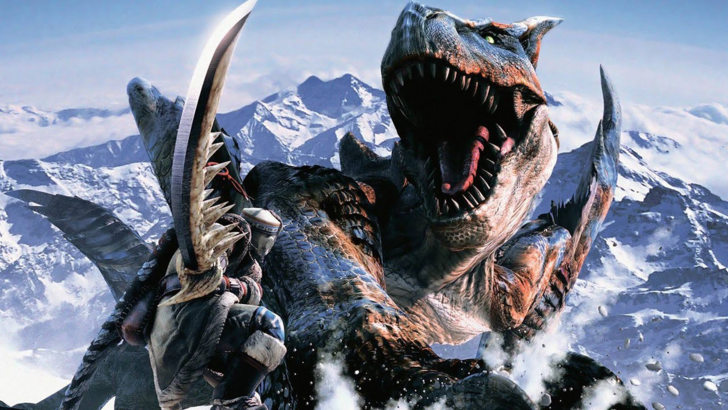
Monster Hunter is renowned for its diverse array of weapon types and engaging gameplay, but did you know that even more weapons from the franchise's past haven't made it to newer games? Dive into the history of Monster Hunter weapons to discover more.
← Return to Monster Hunter Wilds' main article
History of Weapon Types in Monster Hunter
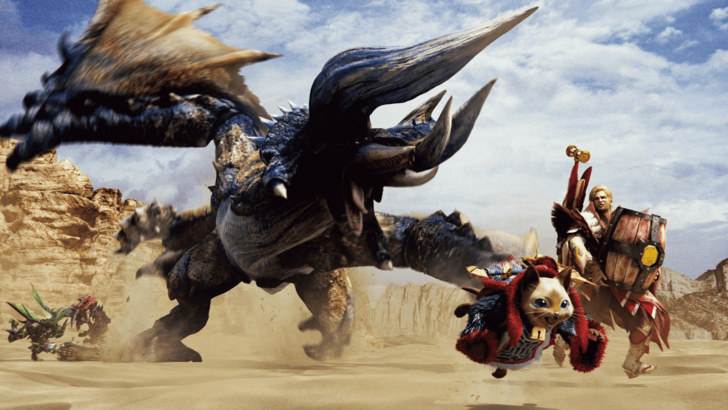
Monster Hunter has been a staple in gaming for over two decades, since its debut in 2004. A key feature that sets it apart is the wide variety of weapon types available to players. Monster Hunter Wilds offers fourteen distinct weapon types, each with unique strengths, weaknesses, movesets, and mechanics that players must master.
The evolution of these weapons, from their initial iterations to their current forms, showcases significant advancements. Moreover, there are weapons from older games that never reached Western audiences. Let's delve into the rich history of Monster Hunter, focusing on the evolution of its weapons.
First Generation
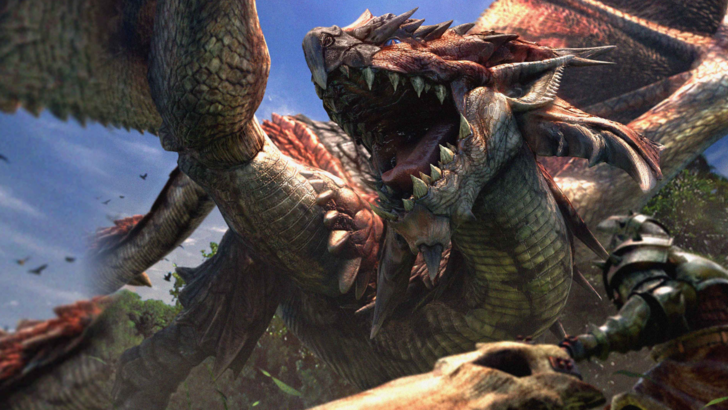
The first generation of Monster Hunter introduced several iconic weapons that have evolved over time, adapting new movesets, mechanics, and more.
Great Sword
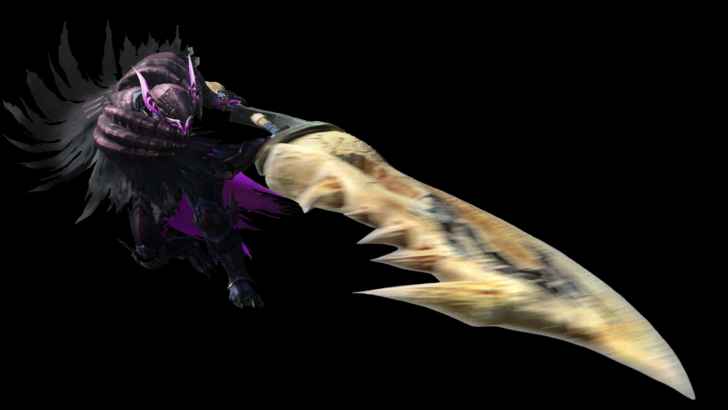
The Great Sword, a hallmark of the Monster Hunter series, debuted in 2004. Known for its high damage output, it requires precision and patience due to its slow attack and movement speed. Initially designed for hit-and-run tactics, it featured a unique mechanic where the middle of the blade dealt more damage than the tip or hilt.
In Monster Hunter 2, the Charged Slash was introduced, allowing hunters to charge the weapon for up to three levels, culminating in a powerful swing. Subsequent games expanded on this by adding new finishers and improving the fluidity of combos. The shoulder tackle in Monster Hunter World, for example, enabled hunters to transition into charged attacks more swiftly.
The Great Sword remains a weapon with a low skill floor but a high skill ceiling, rewarding players who can maximize their damage through precise timing and positioning.
Sword and Shield
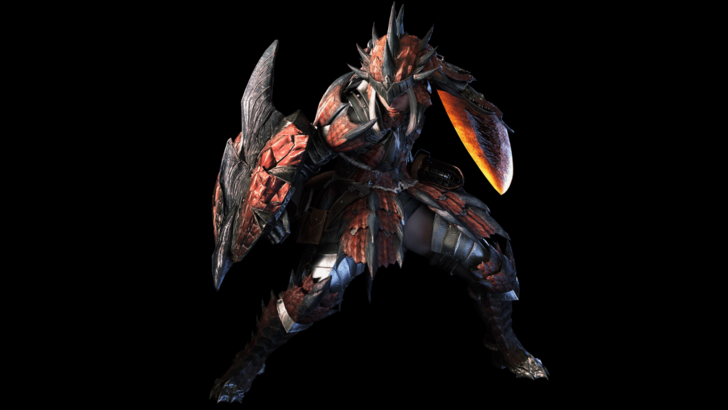
The Sword and Shield epitomizes versatility, offering balanced damage, mobility, and utility. Initially perceived as a beginner's weapon due to its straightforward mechanics, it has evolved with each game. In its first iteration, it focused on quick slashes and mobility.
Monster Hunter 2 added the ability to use items without sheathing the weapon, enhancing its utility. Later games introduced shield bash combos, backstep and jumping attacks, and the Perfect Rush combo in Monster Hunter World and Monster Hunter Rise.
Despite its short range and lower damage output, the Sword and Shield excels as a jack-of-all-trades, offering infinite combos, quick attacks, and defensive options, making it a deceptively deep weapon.
Hammer
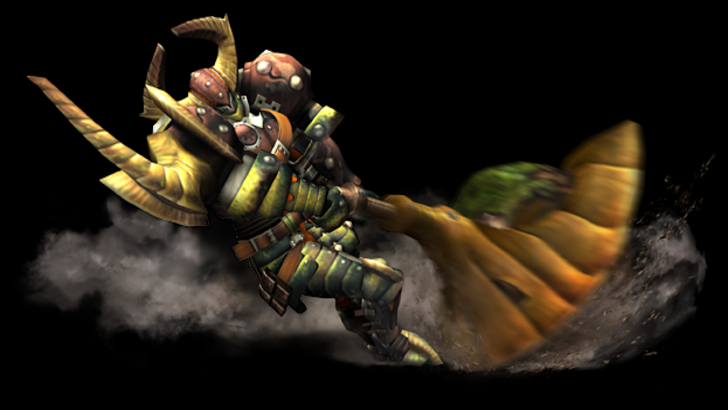
The Hammer, focused on blunt damage, excels at breaking monster parts and inducing knockouts. Since Monster Hunter 2, it has been known as the "king of KOs" for its ability to stun monsters by targeting their heads.
Similar to the Great Sword, the Hammer employs a hit-and-run strategy, but with higher mobility and no blocking capability. Its unique charge mechanic allows movement while charging.
The weapon's moveset remained largely unchanged until Monster Hunter World and Monster Hunter Rise, which introduced the Big Bang and Spinning Bludgeon attacks. These games also added Strength and Courage modes, altering charge attacks and their effects.
The Hammer's simplicity belies its effectiveness, rewarding players who can consistently target monster weak points.
Lance
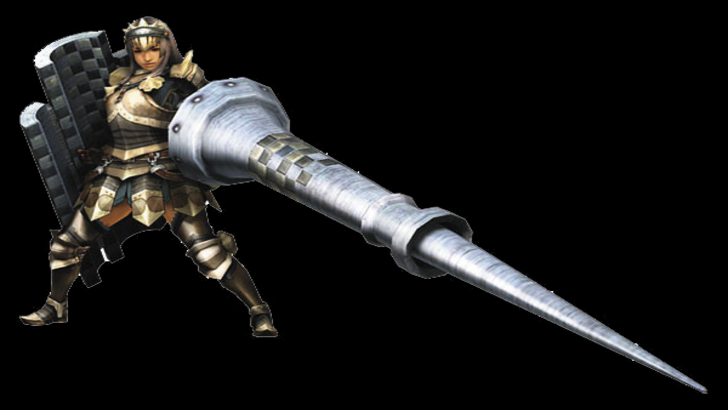
The Lance embodies the saying "a good offense is a great defense," offering both long-range attacks and a robust shield. Its defensive capabilities are unmatched, allowing it to block most attacks with the right skills.
Designed for outboxing, the Lance focuses on poking from a safe distance while maintaining a defensive stance. Its main attacks include forward and upward thrusts, with a counter mechanic added in later games to enhance its defensive identity.
Despite its slow movement and limited attack variety, the Lance's high damage output and defensive prowess make it a formidable choice for players who prefer a more strategic approach.
Light Bowgun
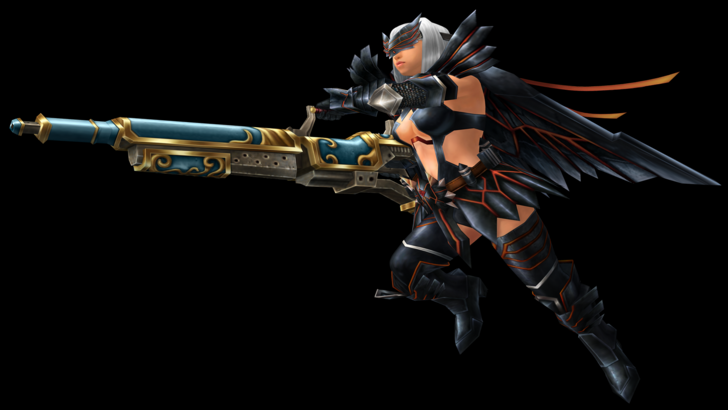
The Light Bowgun, a ranged weapon since the first generation, offers mobility and quick reloads, making it easier to handle than its heavier counterpart. However, its firepower is limited by its smaller ammunition capacity.
Customizable with various attachments, the Light Bowgun can be tailored to different playstyles. Monster Hunter 4 introduced the Critical Distance mechanic, adding depth to ranged combat by requiring players to maintain an optimal distance for maximum damage.
In Monster Hunter World, the Wyvernblast mechanic allowed players to plant bombs that could be detonated by both hunters and monsters, further enhancing the weapon's mobility and versatility.
The Light Bowgun remains a favorite for players seeking a balance between mobility and firepower.
Heavy Bowgun
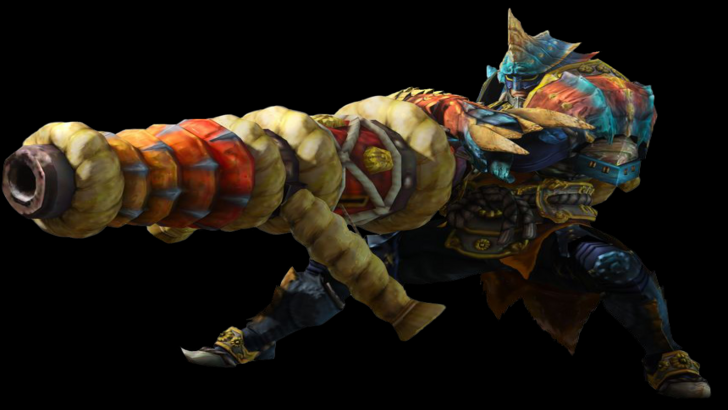
The Heavy Bowgun, introduced in the first generation, excels in high damage and special ammunition, making it ideal for long-range artillery. Its size and weight limit mobility, requiring players to plan their positioning carefully.
Customizable with shields and various attachments, the Heavy Bowgun offers flexibility in ammunition types. Monster Hunter 3 introduced Siege Mode, allowing continuous shelling without reloading.
Monster Hunter World added the Wyvernheart and Wyvernsnipe special ammo types, further enhancing its firepower. Preparation is key with the Heavy Bowgun, as players must craft stronger ammunition during hunts.
Despite its mobility limitations, the Heavy Bowgun remains a powerful choice for players who prefer a strategic, high-damage approach.
Dual Blades
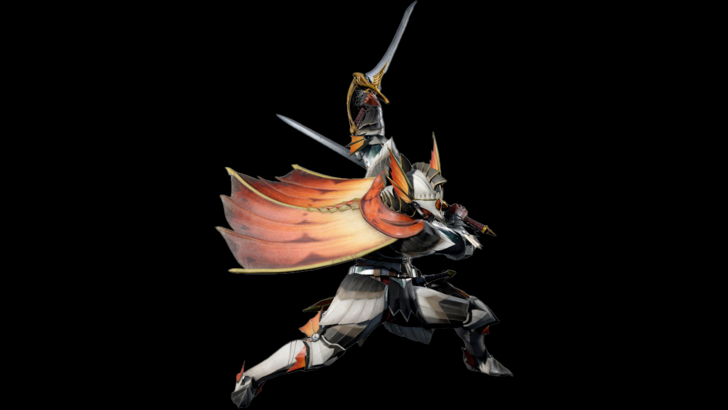
The Dual Blades, introduced in the Western release of Monster Hunter, emphasize speed and fluid combos. Known for inflicting status ailments and elemental damage, they excel in dealing damage through rapid, multi-hitting attacks.
Demon Mode, a temporary state that boosts damage and adds offensive maneuvers, was introduced early on. Monster Hunter Portable 3rd and Monster Hunter 3 Ultimate added the Demon Gauge, leading to Archdemon Mode, which allowed new attacks and evasive maneuvers without stamina drain.
The Demon Dash, a unique movement tool, further enhanced the Dual Blades' agility. Monster Hunter Generations Ultimate introduced the Adept Hunter Style, tying a perfect dodge to the Demon Dash, increasing damage and enhancing mobility.
The Dual Blades' evolution has maintained their focus on speed and offense, making them a favorite among players who enjoy fast-paced combat.
Second Generation
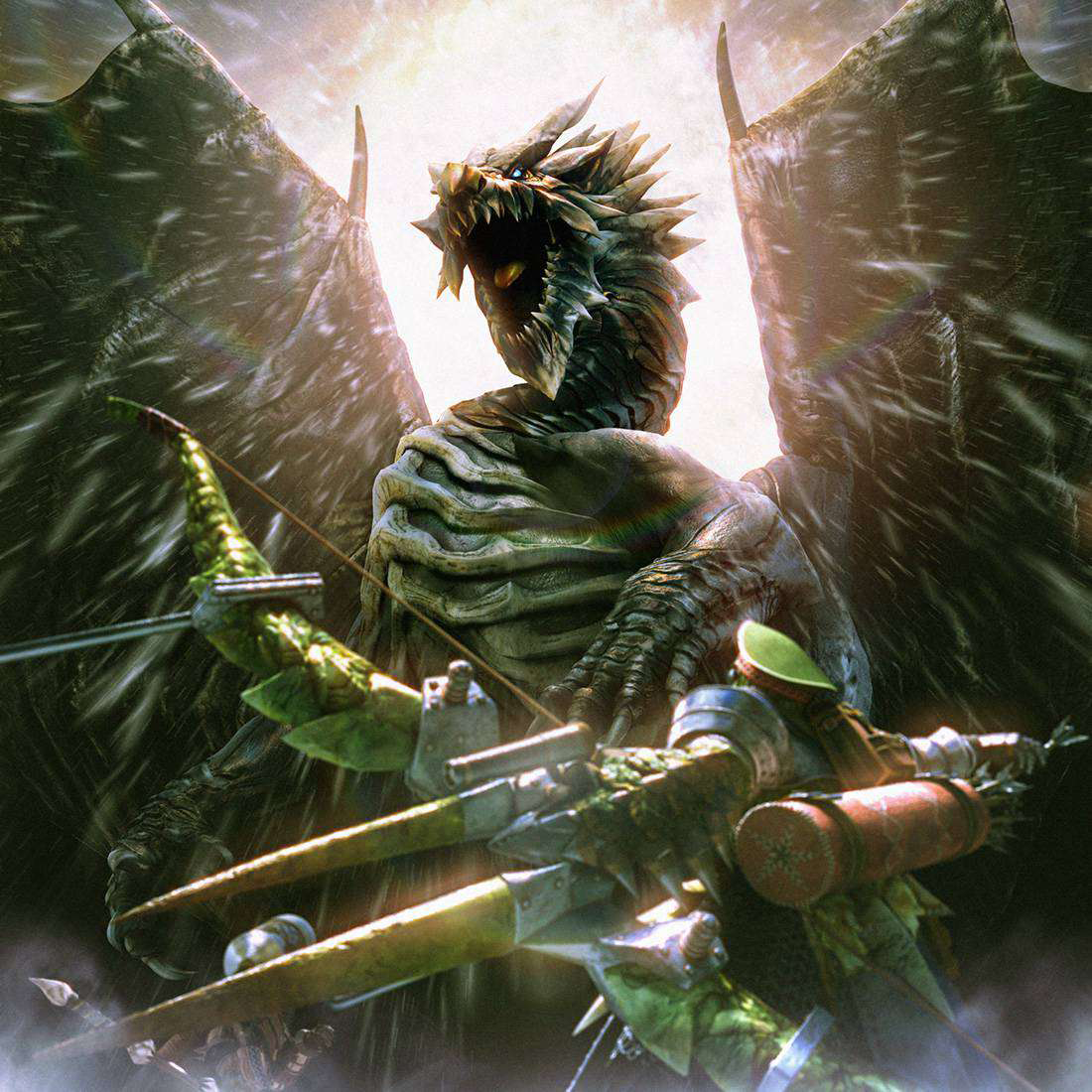
The second generation of Monster Hunter games introduced new weapons that built upon the foundations of the originals, offering unique movesets and mechanics.
Long Sword
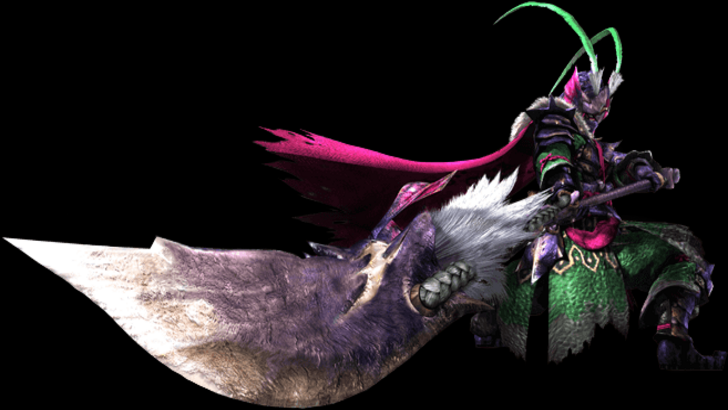
The Long Sword, introduced in Monster Hunter 2, is known for its fluid combos and high damage output. While similar to the Great Sword in function, it offers greater mobility and a more versatile combo structure.
The Spirit Gauge, filled by landing attacks, is central to the Long Sword's mechanics. Monster Hunter 3 added levels to the gauge, with the Spirit Roundslash finisher increasing its level up to three stages, enhancing attack power.
Monster Hunter World introduced the Foresight Slash, a parry attack that can be used to chain into the Spirit Combo and increase the Spirit Gauge quickly. Iceborne added the Iai Stance, providing new attacks and parries to maximize the Spirit Gauge.
The Long Sword's evolution has shifted it towards a more counter-based playstyle, rewarding players who can seamlessly integrate its mechanics into their combat strategy.
Hunting Horn
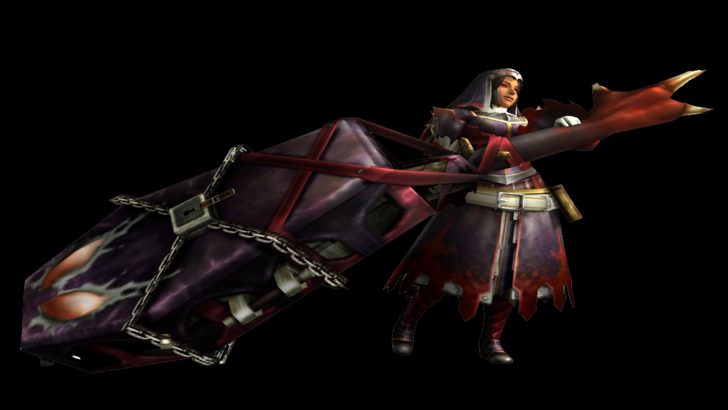
The Hunting Horn, introduced in Monster Hunter 2, is the quintessential support weapon, offering beneficial effects through its Recital mechanic. By playing different colored notes, hunters can activate buffs ranging from attack and defense boosts to healing.
Primarily dealing impact damage, the Hunting Horn is similar to the Hammer but generally weaker in damage output due to its support capabilities. Monster Hunter 3 Ultimate allowed notes to be played while attacking, improving the weapon's fluidity.
Monster Hunter World introduced song queuing, enabling hunters to activate multiple effects with a single recital. The expansion added Echo Notes, enhancing the weapon's damage output and support capabilities.
Monster Hunter Rise overhauled the Hunting Horn, simplifying its mechanics to make it more accessible. While this change was divisive, it aimed to balance the weapon against others in the series.
Gunlance
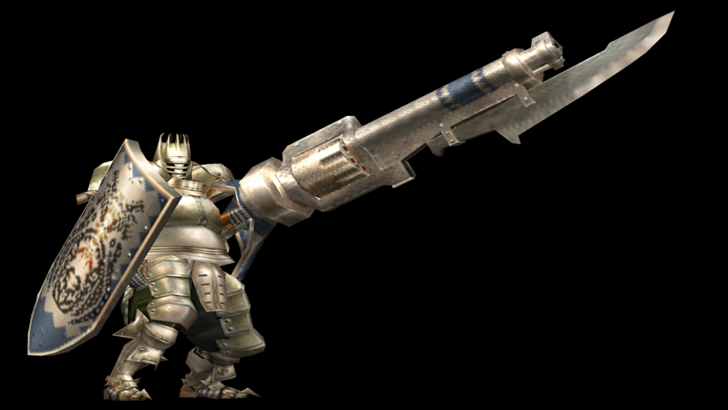
The Gunlance, introduced in the second generation, combines the Lance's defensive capabilities with explosive shelling. Unlike the Lance, it focuses on cutting and slashing attacks and has unlimited ammunition that reloads during combat.
The Wyvern's Fire, a chargeable explosive attack, serves as the Gunlance's finisher. Monster Hunter 3 added a quick reload mechanic and the Full Burst attack, enhancing its aggressive playstyle.
Monster Hunter X introduced the Heat Gauge, increasing physical damage when filled but locking out the weapon if overheated. Monster Hunter World added the Wyrmstake Shot, a finisher that impales monsters with an explosive stake.
The Gunlance's unique mechanics and balance between offense and defense make it a challenging yet rewarding weapon to master.
Bow
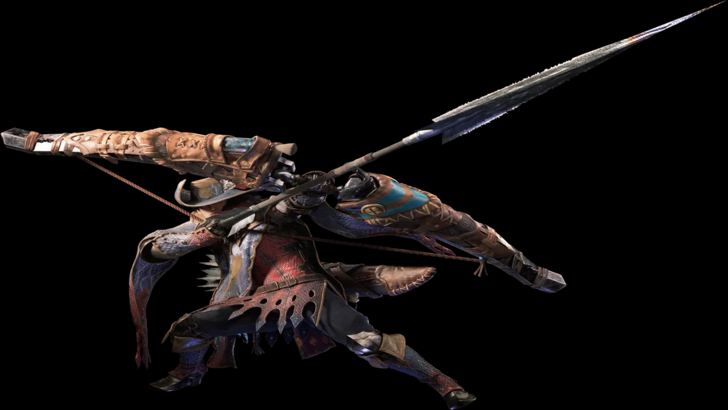
The Bow, introduced in Monster Hunter 2, is the most agile ranged weapon, specializing in close-to-mid-range combat. Its mobility allows players to dart in and out of combat, using chargeable attacks to maximize damage.
Utilizing various Coatings to enhance damage or inflict status effects, the Bow's fluid combos are its greatest strength. Monster Hunter World integrated different Shot Types into its base moveset, making it more universal and combo-heavy.
Monster Hunter Rise reintroduced Shot Types tied to charge levels, adding depth to the weapon's mechanics. Despite its unique identity, the Bow's aggressive playstyle and versatility make it a popular choice among ranged weapon users.
Third and Fourth Generation
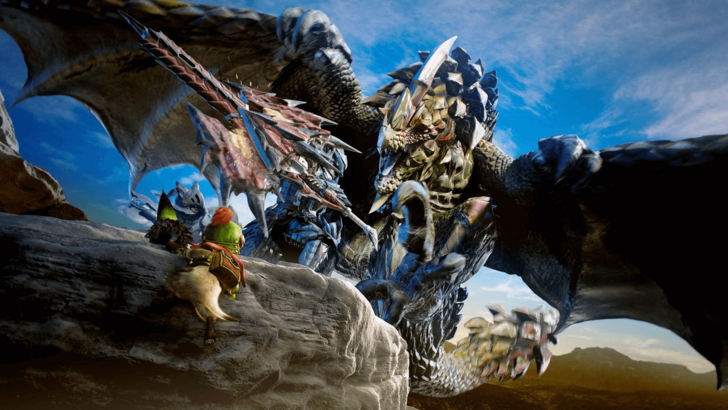
The third and fourth generations of Monster Hunter introduced new weapons with unique mechanics, including morphing capabilities and buff collection systems.
Switch Axe
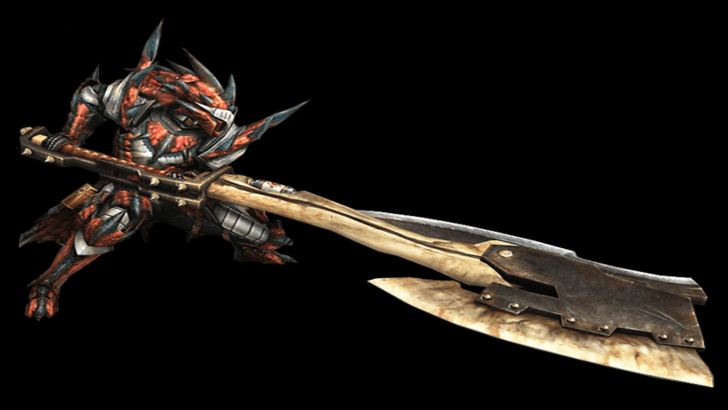
The Switch Axe, introduced in Monster Hunter 3, features two modes: Axe Mode for mobility and reach, and Sword Mode for higher damage and Phial-based attacks. Initially, players had to complete a quest to unlock the Switch Axe, but it became available from the start in subsequent games.
The weapon's morphing capabilities were enhanced over time, with Monster Hunter World introducing the Amped state, empowering Sword Mode attacks. Monster Hunter Rise extended the Amped state to both forms, encouraging frequent morphing to maximize damage.
The Switch Axe's unique mechanics and explosive combat flow make it a standout addition to the series.
Insect Glaive
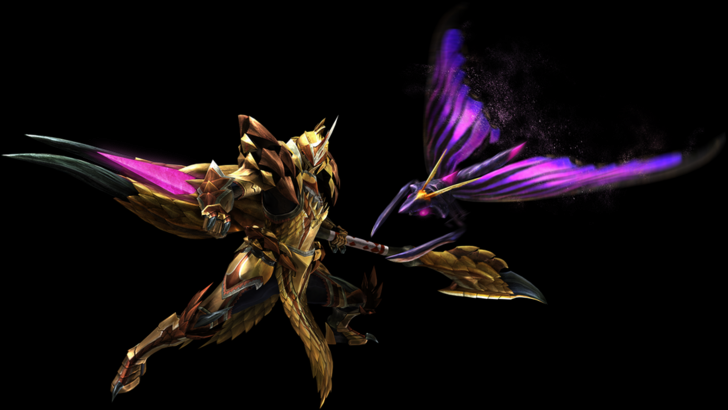
The Insect Glaive, introduced in Monster Hunter 4, excels in aerial combat and is paired with a Kinsect that collects essences to grant buffs. These essences, in red, white, and orange, enhance attack, mobility, and defense, respectively.
The weapon's core gameplay revolves around quickly collecting these essences to enter its strongest state. Monster Hunter World: Iceborne added the Descending Thrust finisher, enhancing its air-to-ground capabilities.
Monster Hunter Rise simplified the Kinsect upgrade system and introduced new types, making the weapon more accessible. The Insect Glaive's unique aerial mechanics and buff system make it a versatile and engaging choice for players.
Charge Blade
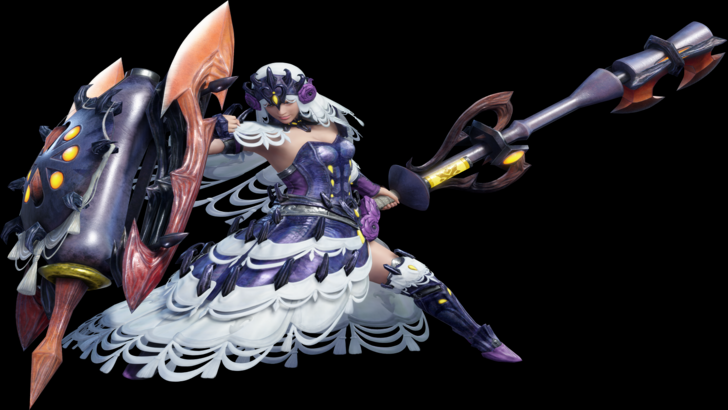
The Charge Blade, introduced in Monster Hunter 4, is a transforming weapon with Sword Mode for charging Phials and Axe Mode for unleashing Amped Elemental Discharges. Known for its versatility and complex mechanics, it requires mastery of Guard Points to charge Phials efficiently.
The weapon's fluid combos and powerful finishers make it highly rewarding for players who can navigate its transitions and understand monster behavior. The Charge Blade's depth and versatility make it a challenging yet satisfying weapon to master.
Will There Be More?
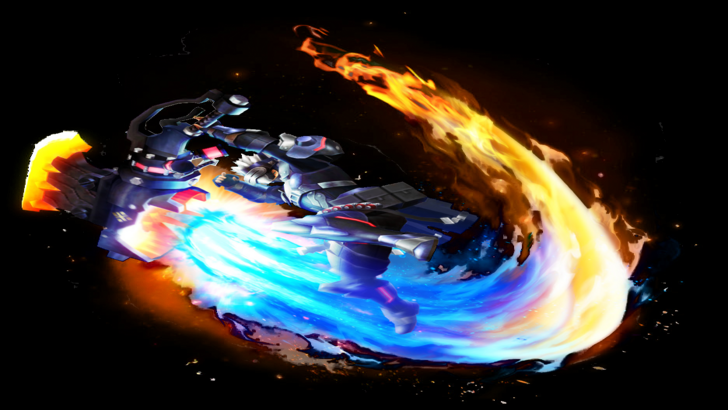
While Monster Hunter Wilds features fourteen weapons, the series has a history of introducing new weapons and revisiting old ones. As the franchise continues to evolve, we can anticipate the introduction of new weapons or the return of those from previous games.
With such a rich legacy, the future of Monster Hunter weapons promises even more depth and excitement, enhancing the already captivating gameplay experience.
You may also like...


